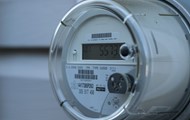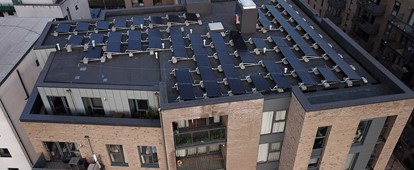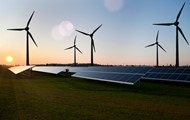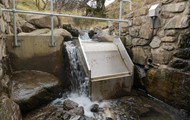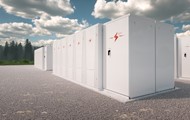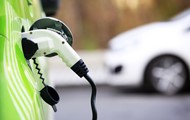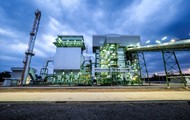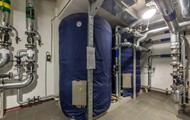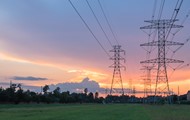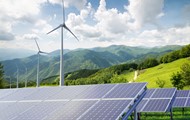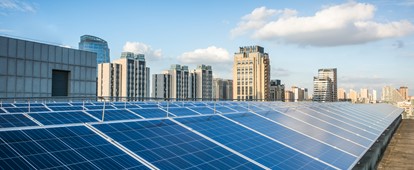 Net Zero Cheshire
Net Zero Cheshire
Once a building’s energy usage has been understood, there are three main broad areas which are vital to decarbonisation of a building, which are strongly intertwined.
Firstly, energy efficiency measures are upgrades you can make to reduce the amount of energy a building requires to meet its operational needs, such as remaining at a comfortable temperature, being adequately lit, or undertaking certain processes. This saves both carbon dioxide emissions and money due to lower energy use.
Energy generation builds on efficiency improvements made to a building, by taking the next step and serving a portion of, or all, its lower energy needs. A building being energy efficient reduces generation requirements, and in many cases also increases the effectiveness of installed generation technologies.
Renewable, low carbon energy can be generated by various means. Electricity can be generated, for example, by renewables such as solar or wind power. Heat can be produced by low carbon technologies such as heat pumps, or biomass powered boilers, and hot water by solar water heating. Furthermore, generation can be stored, by technologies including electrical batteries or thermal stores.
Finally, once low carbon energy generation technologies are in place, it is possible to improve a building’s energy performance further. There is a financial aspect to this around energy exports, tariffs, and demand side response. A building’s electricity and heating systems are highly interdependent. They should not be viewed in isolation but by taking a holistic whole building approach. This increases the scope for automation and optimisation using of a building energy management system.
These improvements can reduce a building’s carbon footprint, cut energy bills, enhance electricity and heating systems performance, improve energy supply resilience, and increase building use flexibility.




